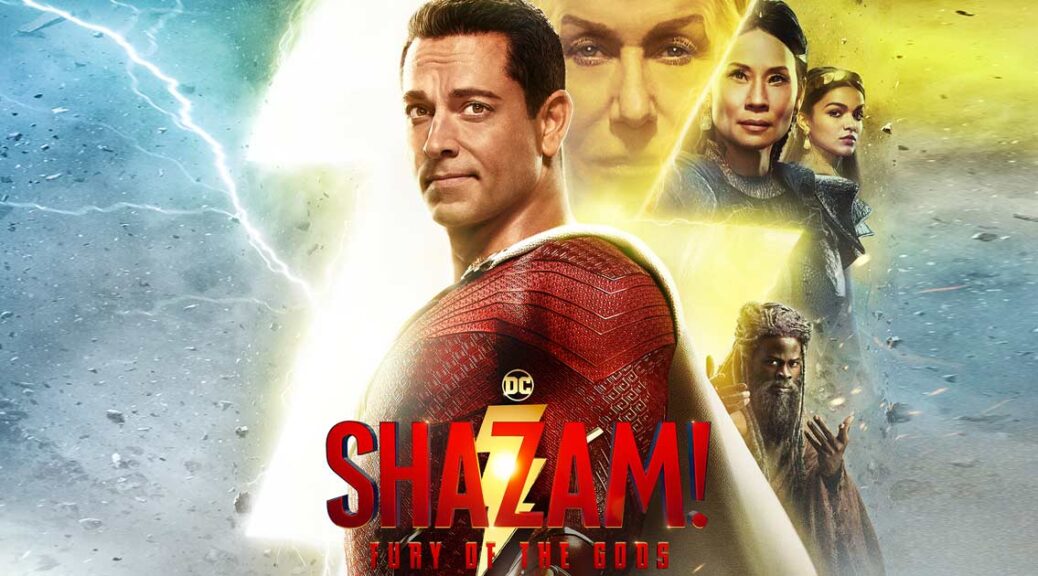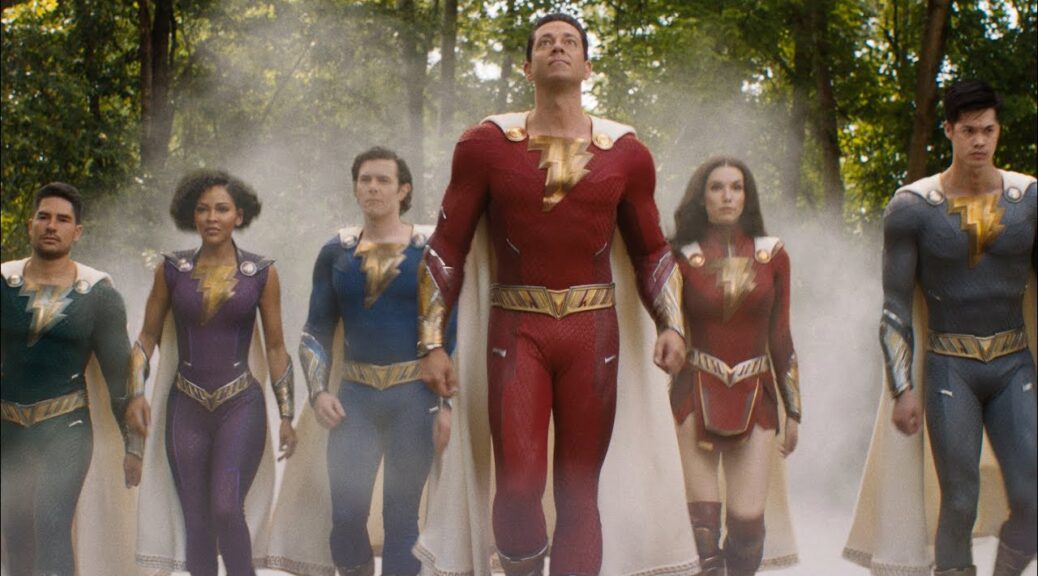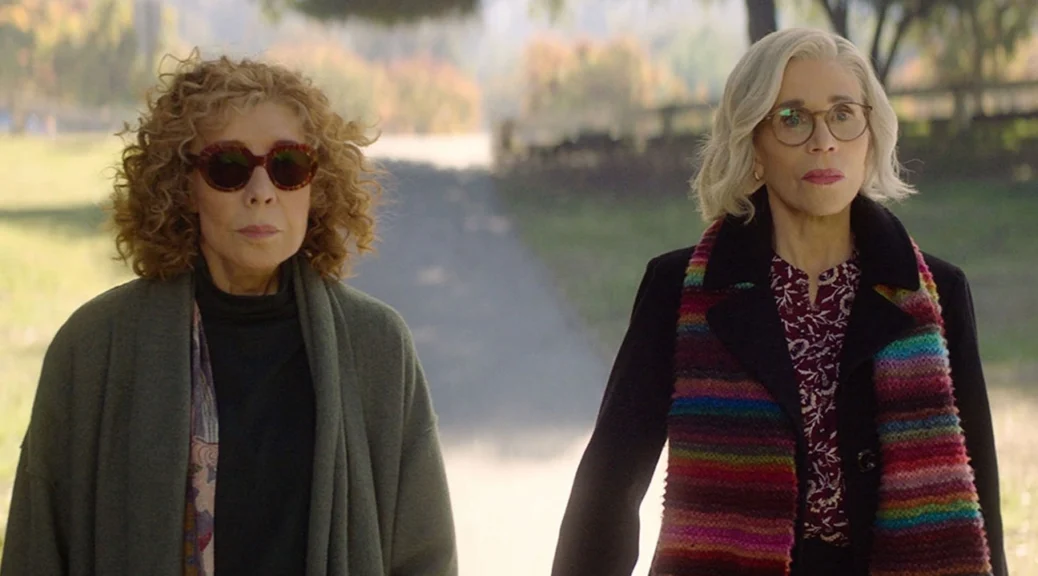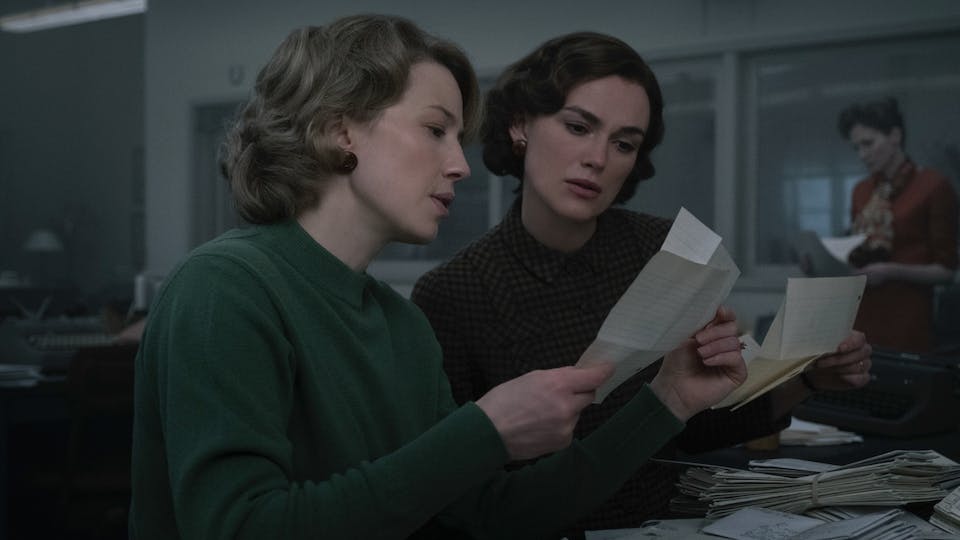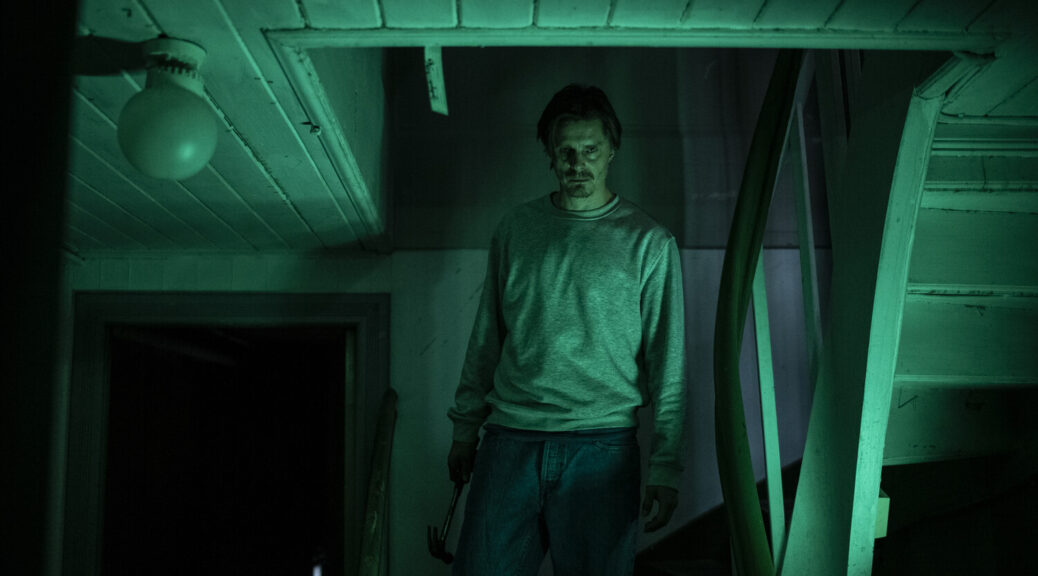Chantilly Bridge
by Tori Hanes
Time: the paramount unreasonable force, promised to break most any sacred bond Earth has to offer. Navigation through the inevitable – birth, death, marriage, divorce, getting drunk with your friends – will be the muse of filmmakers until our rock stops spinning.
Chantilly Bridge is, in so many ways, a unique viewing experience. Going in completely blind, it’ll take unfamiliar audiences a hefty portion of their viewing time and brain power (unless they constitute the aid of ol’ pal Google) to decipher that this film is a sequel. Its predecessor, Chantilly Lace, was released 30 years ago into the warm reception of television movie stardom. Director and co-writer Linda Yellen returns for Chantilly Bridge, leaning on presumed familiarity like a splintered crutch to shape her wobbly narrative. Initially enlisting confusing flashbacks to scoot forward a clunky and unimpressive premise, Bridge eventually cracks the crutch over their good knee and sprints forward toward the meat of the film: the character chemistry.
The cast is loaded with veteran talent, including Talia Shire, Ally Sheedy, JoBeth Williams, Helen Slater, Jill Eikenberry and Lindsay Crouse, who all reprise their roles from ’93. The chemistry is palpable, and the film relies on improvisation to fill in the massive gaps between loose plot beats. These moments of filler snuggled within the “story” are to be savored. They’re teeming with the authenticity that makes film viewing a life affirming experience. If you’ve ever been lucky enough to find yourself intertwined in a conversation steered by women who deeply, irrevocably, unconditionally care for each other, you’ll feel Chantilly Bridge’s genius stir the deepest cockles of your heart.
What’s maddening is the production’s backward desire to hinder enjoyment. The cinematography makes the film’s made-for-tv roots obvious: intensive exposure and lighting, clinical color palettes, and jarringly un-inherent shots. Often, speakers will be out of frame for incredibly long beats while the camera lingers on a polite listener. This coincides with the clunky moments of obvious scriptedness – when Chantilly Bridge attempts to be a film, it largely fails. When it allows itself to be a vehicle for female friendship, it astounds.
Through the nauseatingly winding start, an angry thought flickered: “how can a film say so much and mean nothing?” As the women on screen selflessly shared the complexities of connection and joy, the same thought reemerged in the shape of an ashamed trickle: “how could I have been so stupid?”








